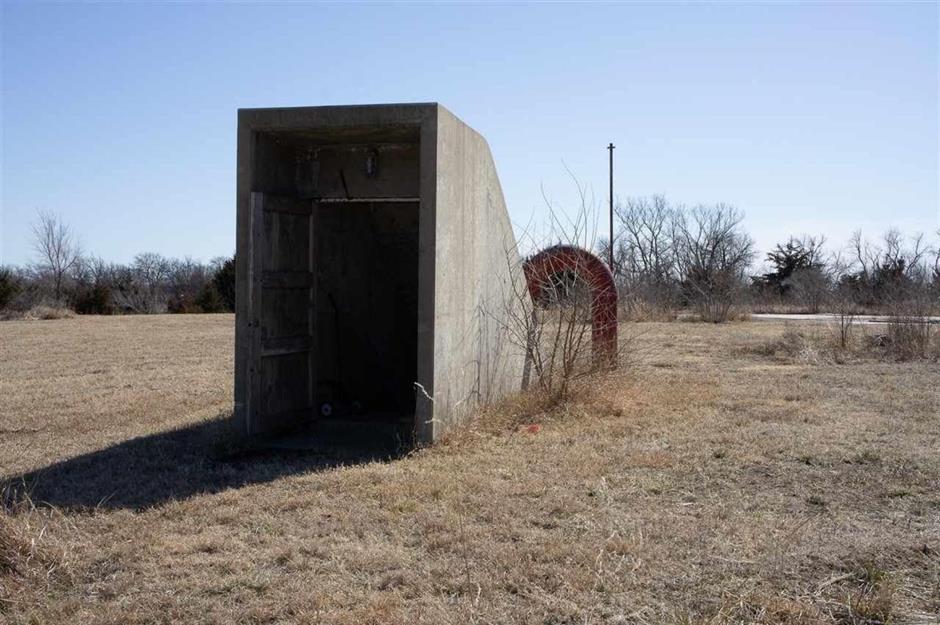

Department of Agriculture.Chapter 1 | Engagement of Investigatory Expertise This article can be found in the August 2010 issue of Technology News and Trends online as a PDF.Īrgonne’s cleanup project at Centralia was sponsored by the Commodity Credit Corporation of the U.S. The monitoring results have demonstrated that the coated iron microparticles are still actively breaking down carbon tet 30 months after injection - an unexpectedly positive result. Environmental Protection Agency newsletter. The injections at Centralia and Argonne’s follow-up monitoring to evaluate the success of the treatment were also featured in a U.S. The results of Alvarado’s study of the chemical aspects of the Centralia cleanup project can be found in the August 2010 issue of the Journal of Environmental Monitoring or online. “This technique provides us with a new and powerful weapon in the fight against this dangerous and stubborn pollutant,” Alvarado said. Within less than a month, the concentration of carbon tet fell from 2000 parts per billion (ppb) to 30 ppb and below maximum concentration limits after that. Measurements taken at Centralia before and after the injection of a commercial product containing the specially coated iron microparticles showed a drastic reduction in the amount of carbon tetrachloride present in the soil.


“Feeding the bacteria creates the conditions necessary for the whole process to work.” “The only way to prevent the buildup of chloroform was to find a way to remove the oxygen and produce the optimum environment for the right reactions to occur,” Alvarado explained. This process, according to Alvarado, touches off a chain of other chemical reactions that result in the transformation of most of the carbon tetrachloride into another toxic compound, chloroform, which is an even greater hazard in drinking water. At first glance, the mechanisms appeared to be very simple, but more detailed observations revealed additional complex pathways and products that could result from transformation of carbon tet.

In prior work, scientists using uncoated iron nanoparticles had been able to break some of the carbon tetrachloride bonds. To clean up the Centralia site, the Argonne group needed to find a way to break those bonds and chemically strip the individual chlorine atoms - which would then ideally become relatively harmless chloride ions - from the carbon at the center of the molecule. In its molecular form, carbon tetrachloride consists of a central carbon atom bonded to four chlorine atoms. “The only sources of groundwater in these areas of the country are shallow aquifers, which are much more prone to this kind of contamination,” Alvarado said. In certain areas of high agricultural use, carbon tet leached from the soil into the water table, where large quantities have remained for decades. “It’s a hard case because the bonding within the compound is so strong.”Įven though the federal government banned the use of carbon tetrachloride as a grain fumigant in 1985, a good deal of damage was already done. “Carbon tetrachloride was a real challenge to us because its chemical structure is extremely stable,” said team member and Argonne environmental scientist Jorge Alvarado. However, scientific studies showed that exposure to carbon tet resulted in liver, kidney, and central nervous system degeneration as well as increased rates of cancer. It worked as a powerful cleaning agent and as a refrigerant, and in the Midwest it was used as a pesticide to protect stored grain. The researchers coated the microparticles with organic material, which served as bait for bacteria that created the conditions necessary to safely convert the toxic chemical into non-hazardous substances.īack in the 1960s, carbon tetrachloride - or “carbon tet,” as it is more commonly known - was widely thought to be a miracle chemical. Last year, a team of Argonne scientists led by Lorraine LaFreniere injected iron microparticles underneath fields long-polluted with carbon tetrachloride near Centralia, Kansas. Department of Energy’s Argonne National Laboratory has demonstrated a way to enlist bacteria in the fight to cleanse some of the country’s most intractably polluted locations. However, a new study conducted by environmental scientists at the U.S.


 0 kommentar(er)
0 kommentar(er)
